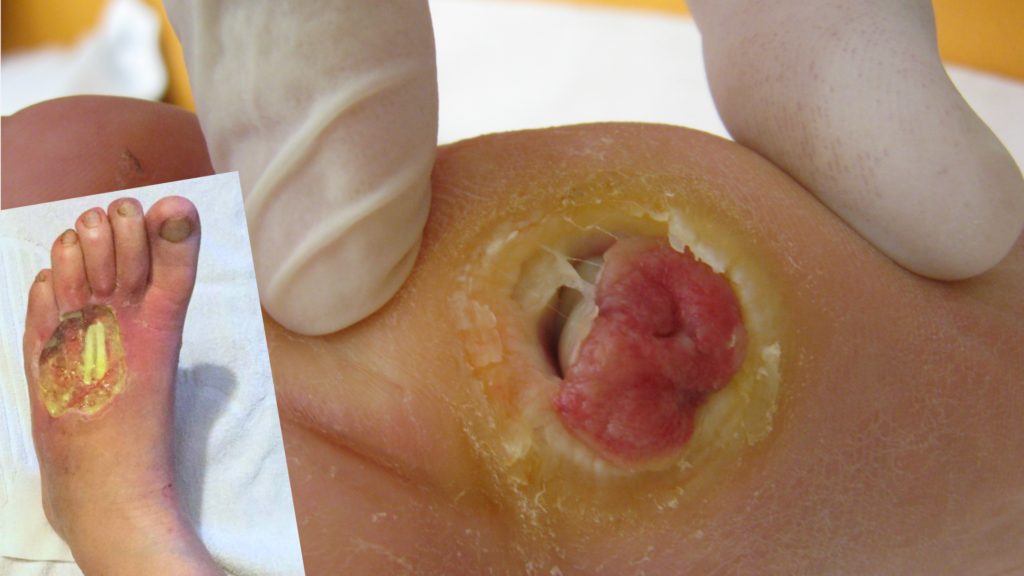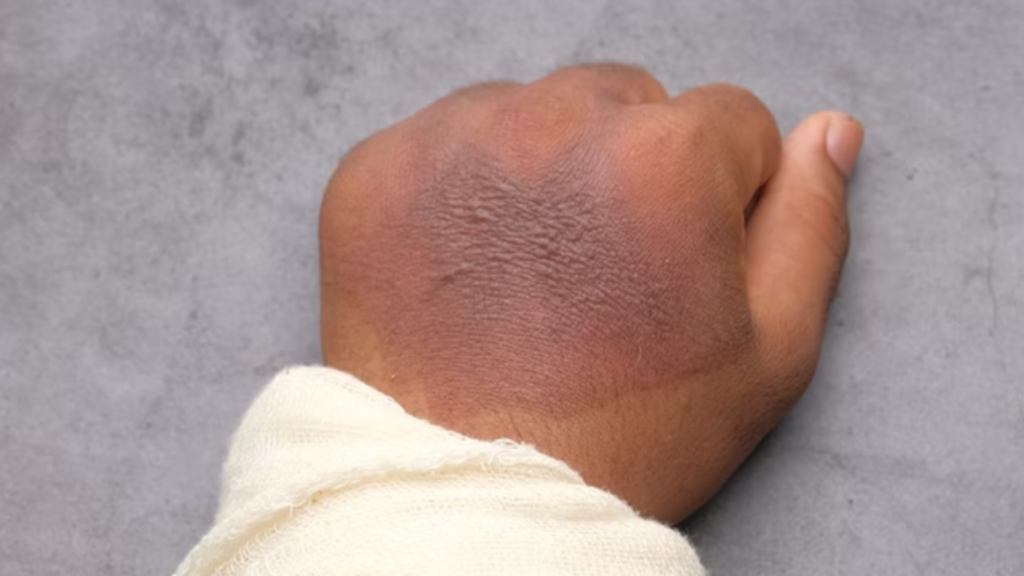Did you know that millions of people worldwide suffer from chronic wounds? That is a lot of people! And many of them require specialized care to heal their wounds. That’s where specialist nurses in wound care come in. These are specialist-trained nurses to treat chronic wounds, and they usually make a difference in the lives of their patients.
If you’re one of the millions who suffer from chronic wounds, you know how frustrating and debilitating it can be. You may have tried all sorts of treatments, only to find that your wound doesn’t seem to want to heal. Well, don’t give up hope! There are many advanced solutions for treating chronic wounds available today.
Today, we will discuss a chronic wound nursing care plan that can help improve the healing process for your patients. We will go over the different components of the care plan and explain how each procedure can help promote healing.
So, if you are a specialist nurse in wound care, it’s vital to know that proper treatment is essential to optimizing healing for your patients.
Steps in optimizing healing for your patients.
Step 1: Assess the wound:
The first step in any chronic wound nursing care plan is to assess the wound. These include looking at the size, depth, and location of the wound. You will also need to determine if there is any underlying tissue damage. Once you have a good understanding of the wound, you can develop a treatment plan.
Step 2: Clean the wound:
The next step is to clean the wound. This helps to remove any debris or bacteria that could delay healing. Once the wound is clean, you can then apply a dressing. The type of dressing will depend on the size and depth of the wound. You may also need to use topical medication to help speed up the healing process.
Step 3: Wound monitoring
The last step in the chronic wound nursing care plan is to monitor the wound. This includes checking for signs of infection and making sure that the dressing is still in place. You will also need to keep an eye on the healing process to make sure it progresses as planned. If you notice any problems, contact your doctor right away.
By following these steps, you can help optimize the healing process for your chronic wound patients. Remember to continually assess the wound, clean it thoroughly, and then apply a dressing. And lastly, don’t forget to monitor the wound for any changes or problems. With proper care, your patients will be on their way to recovery!
Some of the Most Effective Treatments for Chronic Wounds:
See your doctor:
If you have a chronic wound, the first thing you should do is see your doctor. They will be able to assess your situation and determine the best course of treatment. Many different options are available, so it’s essential to get expert advice before proceeding.
1. Compression therapy:
One of the most common treatments for chronic wounds is compression therapy. This involves wrapping the affected area in a special bandage that applies pressure to the wound. The pressure helps reduce swelling and improve blood flow, which can speed up healing. Compression therapy is often combined with other treatments, such as infection control and debridement (removal of dead or damaged tissue).
2. Negative pressure wound therapy (NPWT):
Another popular treatment option is negative pressure wound therapy (NPWT). This involves using a special device to create suction around the wound. The suction helps to remove bacteria and other debris from the wound and promotes healing by increasing blood flow and encouraging new tissue growth. NPWT is often combined with other treatments, such as compression therapy and debridement.
Final Thoughts:
If you have a chronic wound, many treatment options are available to help you heal. Be sure to talk to your doctor about all of your options to choose the best course of treatment for your situation. With the right treatment, you can finally get the relief you need and start enjoying life again!
Chronic wound symptoms:
Chronic wounds can have many different symptoms, depending on the underlying cause. The most common symptom is pain, which can be constant or intermittent. Other symptoms may include itching, discharge, and bleeding. Chronic wounds can also cause anxiety and depression due to the ongoing pain and discomfort. If you are experiencing any of these symptoms, it is important to see a doctor. You can also see a wound care specialist for proper diagnosis and treatment.
Chronic wound causes:
There are many different chronic wound causes, but some of the most common include:
–Diabetes: Diabetes can cause circulation problems and nerve damage, which can lead to chronic wounds.
–Venous insufficiency: This occurs when the veins are unable to circulate blood back to the heart properly. This can cause chronic wounds on the legs and ankles.
–Arterial insufficiency: This occurs when the arteries are unable to circulate blood to the extremities properly. This can cause chronic wounds on the fingers and toes.
-Infection: An infection can damage the tissue and lead to a chronic wound.
-Pressure: Repeated pressure on an area of the body can cause a chronic wound. This is often seen in bedridden people who have to sit for long periods.
-Trauma: A traumatic injury can damage the skin and underlying tissue, leading to a chronic wound.
If you have a chronic wound, it is important to see a doctor so that the cause can be treated and the wound can heal properly. Untreated chronic wounds can lead to serious complications, including infection and amputation.
FAQS – Frequently Asked Questions
How can I tell if I have a chronic wound?
Several signs indicate you may have a chronic wound, including:
-The wound is not healing after four weeks
-The wound is getting worse or more painful instead of better
-The edges of the wound are red, inflamed, or crusted over
-The wound has pus or drainage
-The wound is deep and large
If you have any of these symptoms, it’s essential to see a doctor or wound care specialist. They can assess the situation and determine the best course of treatment.
What causes chronic wounds?
There are many possible causes of chronic wounds, including:
- -Infection
- -Diabetes
- -Circulation problems
- -Pressure or friction from sitting or lying down for prolonged periods
- -Radiation therapy
- -Trauma or injury
Often, more than one of these factors is present. That’s why it’s so important to see a doctor if you think you may have a chronic wound.
How are chronic wounds treated?
The treatment of chronic wounds depends on the underlying cause. However, some general steps are often taken, including:
- -Cleaning the wound to prevent infection
- -Removing dead tissue from the wound (debridement)
- -Protecting the wound from further damage
- -Improving circulation to the area
- -Using medications or other treatments to promote healing
What can I do to prevent chronic wounds?
There are several things you can do to lower your risk of developing chronic wounds, including:
- -Manage diabetes or other conditions that can cause poor circulation
- -Exercise regularly
- -Eat a healthy diet
- -Don’t smoke
- -Protect your skin from injury
- -See a doctor regularly for check-ups




